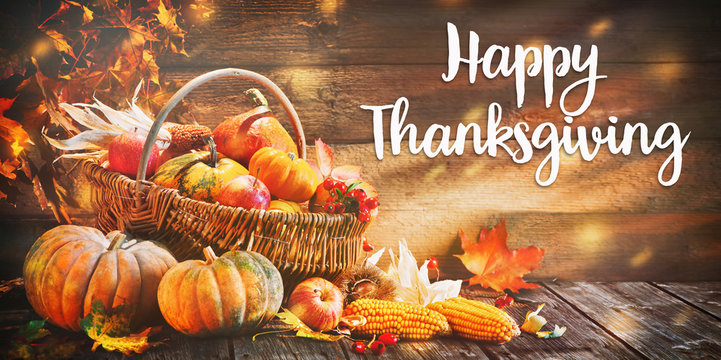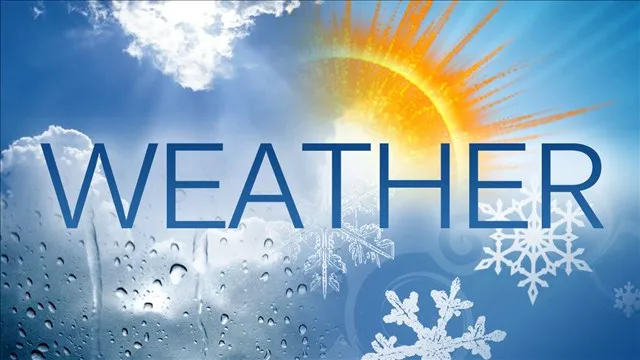The History of Thanksgiving: A Celebrated American Tradition

Thanksgiving Day, a cherished federal holiday in the United States, will be observed this year on Thursday, November 27. Its roots run deep into the early colonial history of North America, beginning with a harvest celebration in 1621 that has become part of America’s cultural foundation.
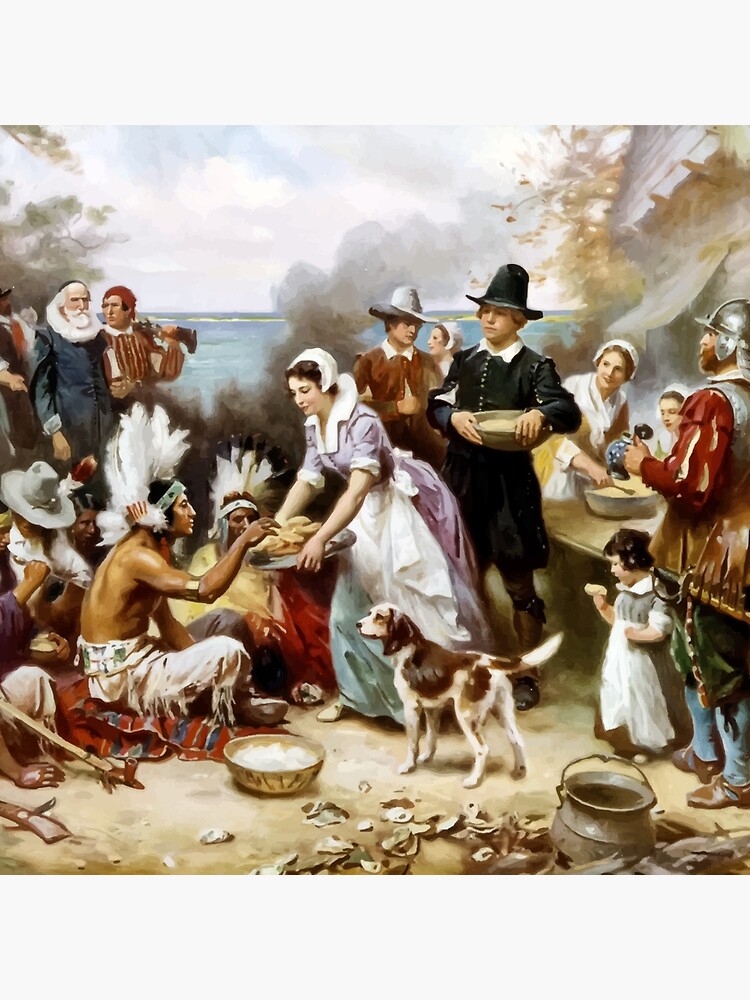
A New Beginning in Plymouth
The story begins in September 1620, when the Mayflower set sail from Plymouth, England, carrying 102 passengers. Among them were religious separatists seeking a place to freely practice their faith, along with others hopeful for new opportunities in the New World. After a difficult 66-day journey across the Atlantic, the ship landed near Cape Cod—far north of its intended destination. A month later, the group made their way to Massachusetts Bay, where they established the settlement of Plymouth.
Life during that first winter was harsh. Many of the Pilgrims remained aboard the Mayflower, battling cold, disease, and limited resources. By spring, only half of the original passengers and crew had survived. As the weather warmed and the settlers moved ashore, they were greeted by a member of the Abenaki tribe—who surprised them by speaking English.
He soon returned with Squanto, a member of the Pawtuxet tribe. Squanto had endured kidnapping, enslavement, and years abroad before returning to North America. Drawing from his knowledge of both Native and English cultures, he became an extraordinary asset to the Pilgrims. He taught them how to plant corn, tap maple trees, fish local rivers, and avoid poisonous plants. Squanto also helped establish peaceful relations with the Wampanoag tribe, led by Chief Massasoit—an alliance that lasted for more than 50 years.
The First Thanksgiving
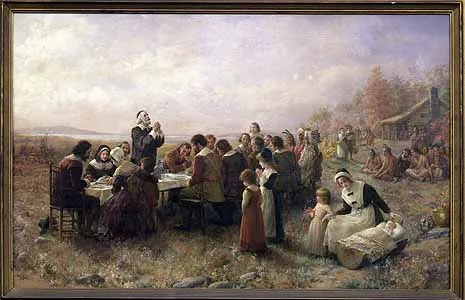
In November 1621, after a successful corn harvest, Governor William Bradford organized a feast to celebrate the colony’s hard-earned progress. The Pilgrims invited their Wampanoag allies, including Chief Massasoit, to join the three-day gathering. While the exact menu was never recorded, historians believe it included foods prepared with Native American techniques and regional ingredients. Items like lobster, seal, and swans were known to be available, and because the Pilgrims had no oven and little sugar, the feast did not include the sweet desserts now associated with Thanksgiving.
Though the Pilgrims likely did not call it “Thanksgiving” at the time, this harvest celebration has come to be recognized as one of the earliest examples of the holiday in America.
Early Traditions and Celebrations
The Pilgrims held another Thanksgiving in 1623 after a long drought ended, saving their crops. As other New England colonies took shape, days of fasting and thanksgiving—often tied to harvests, weather events, or moments of gratitude—became common throughout the region.
During the American Revolution, the Continental Congress issued proclamations encouraging Americans to set aside days of thanks. In 1789, President George Washington declared the first Thanksgiving observance by the new federal government, encouraging citizens to reflect with gratitude on the nation’s independence and the newly ratified Constitution. Presidents John Adams and James Madison also issued Thanksgiving proclamations during their administrations. By 1817, New York became the first state to adopt Thanksgiving as an annual holiday, and many other states soon followed.

A National Holiday Takes Shape
Throughout the early 1800s, Thanksgiving was widely celebrated in New England but remained unknown or inconsistently observed in other regions. That began to change thanks to Sarah Josepha Hale, a magazine editor and prolific writer best known for authoring “Mary Had a Little Lamb.” Beginning in 1827, Hale launched a decades-long campaign to establish Thanksgiving as a national holiday. She wrote countless editorials and letters to public officials, earning her the title “Mother of Thanksgiving.”
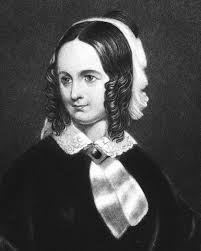
Her efforts eventually aligned with the sentiment of the time, and in 1863, President Abraham Lincoln issued a proclamation setting aside the last Thursday in November for a national day of thanksgiving. His announcement marked the beginning of a unified, annual celebration across the country.

Thanksgiving Finds Its Permanent Place
For decades, Americans celebrated Thanksgiving on the last Thursday of November. In 1939, the date briefly changed when President Franklin D. Roosevelt moved the holiday one week earlier to encourage a longer holiday shopping season. The shift created widespread confusion, and after a few years, the tradition returned to its familiar place. In 1941, Congress officially established the fourth Thursday in November as Thanksgiving Day, a date that has remained unchanged ever since.

A Tradition That Endures
Today, Thanksgiving stands as a treasured American holiday centered on gratitude, family, and community. Rooted in cooperation between early settlers and Native peoples, shaped by centuries of evolving traditions, and celebrated across the nation, the holiday continues to honor the spirit of unity and thankfulness that first inspired it more than four centuries ago.
